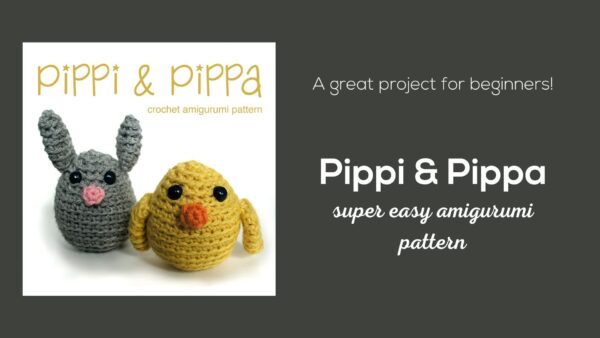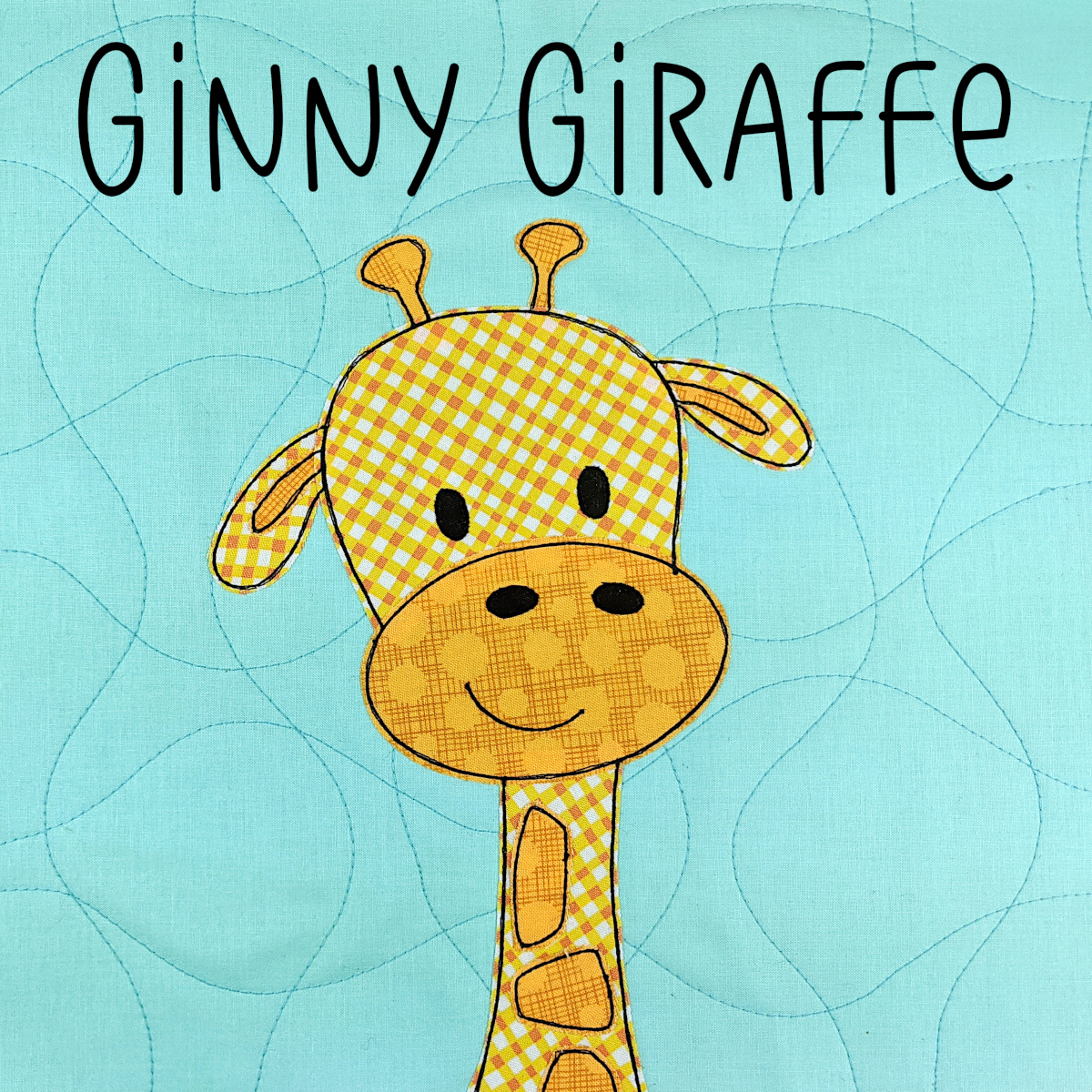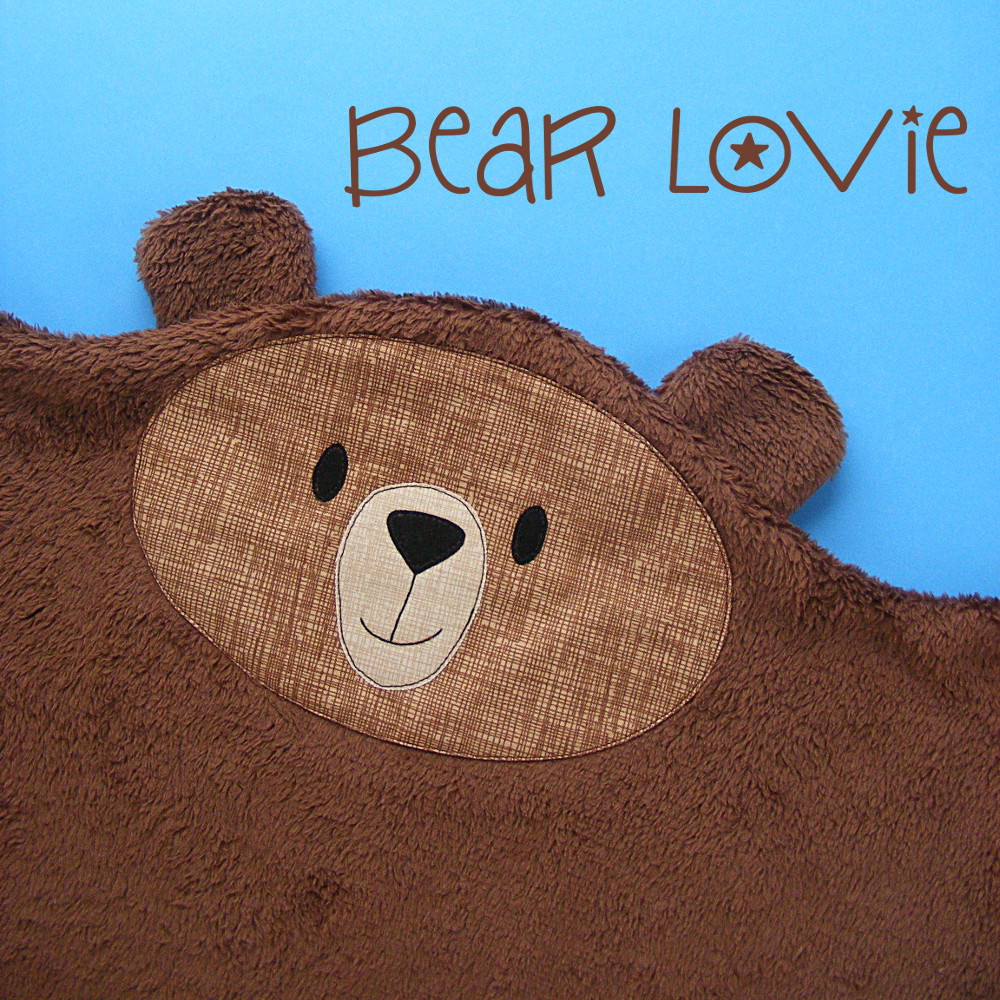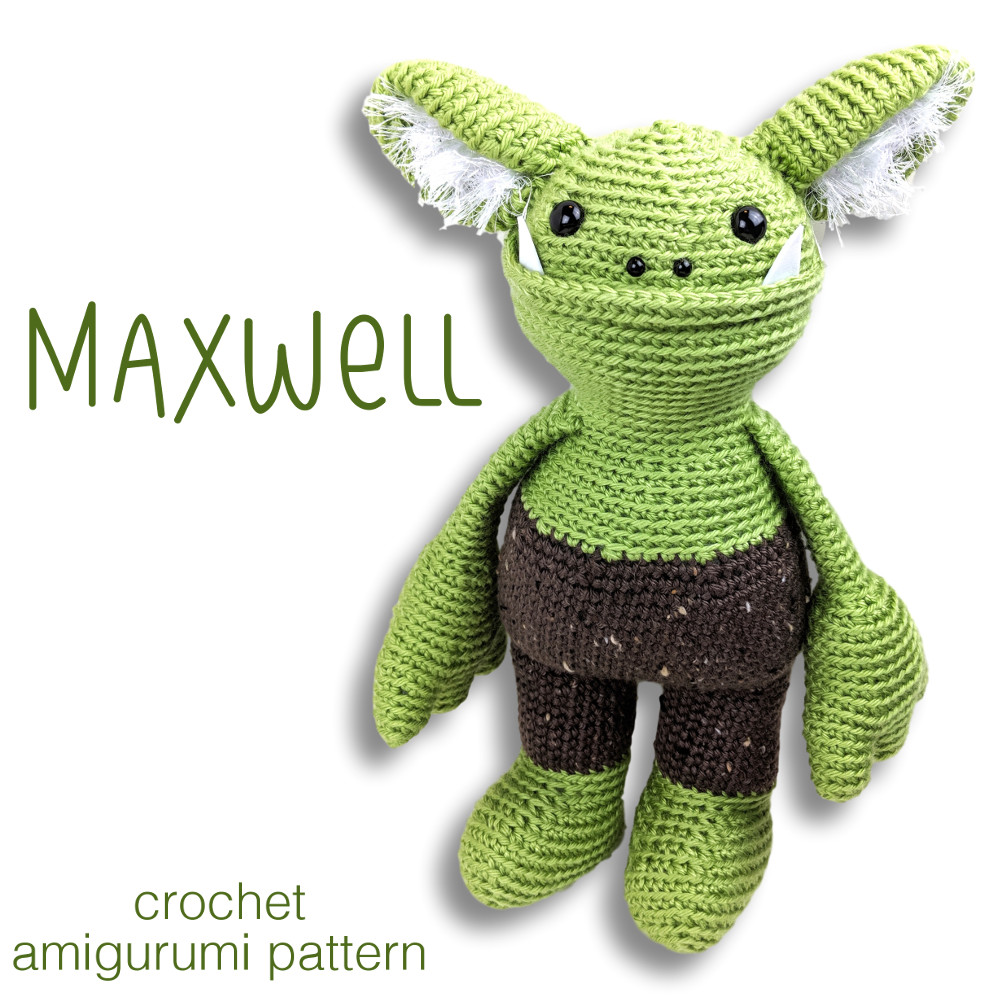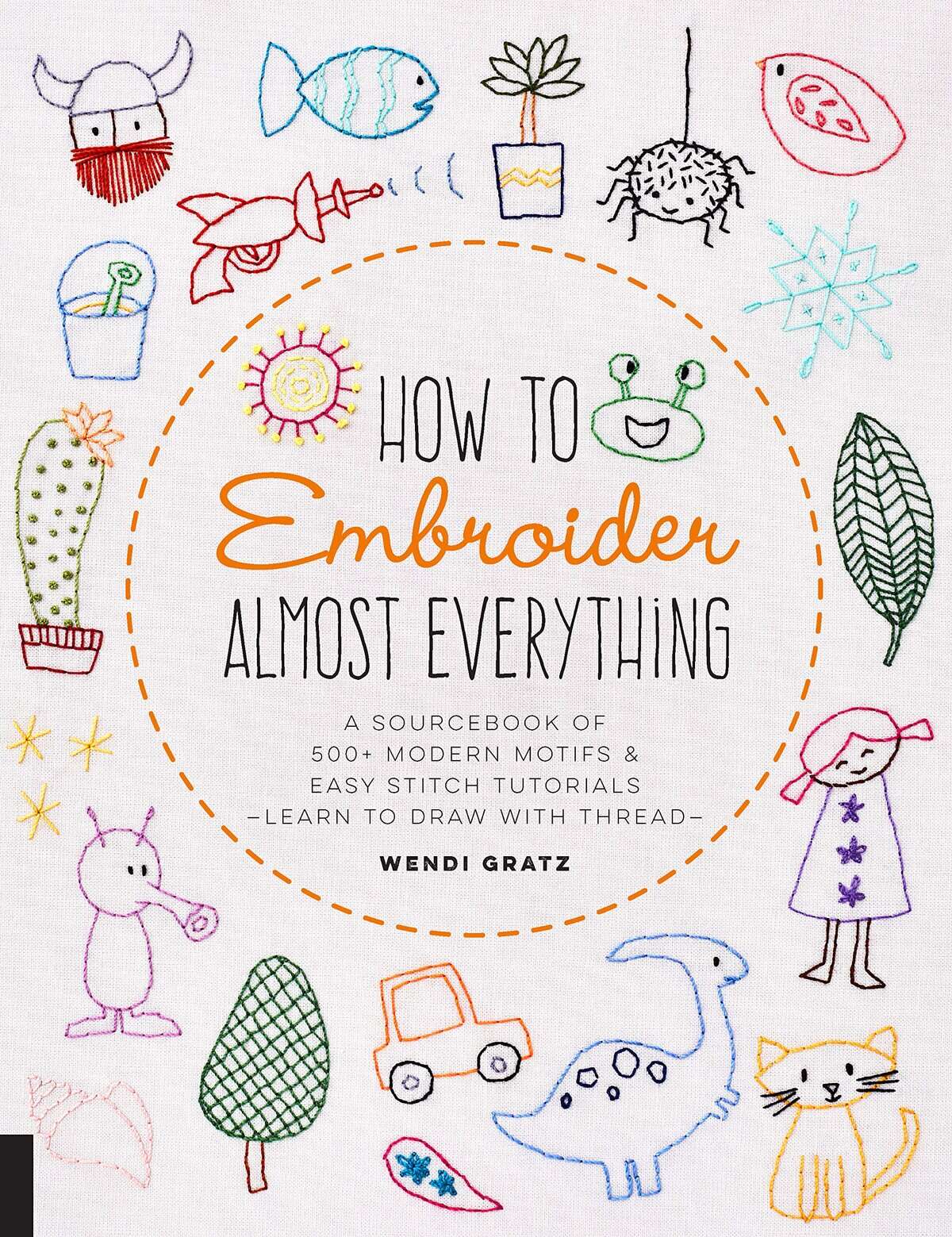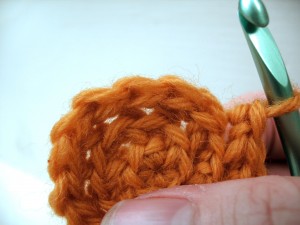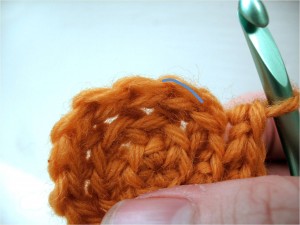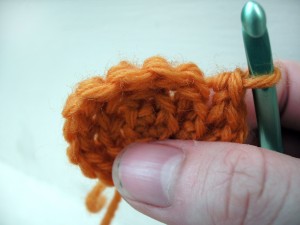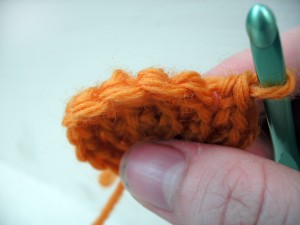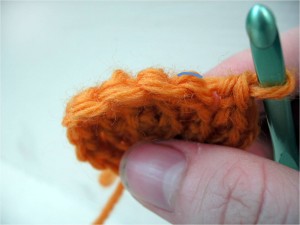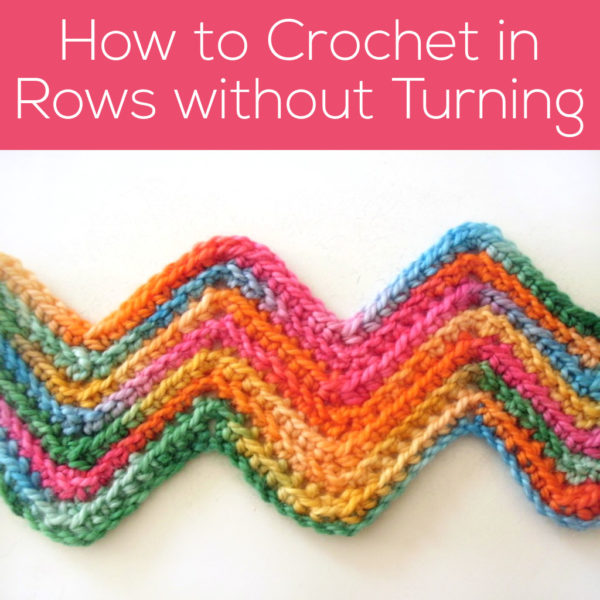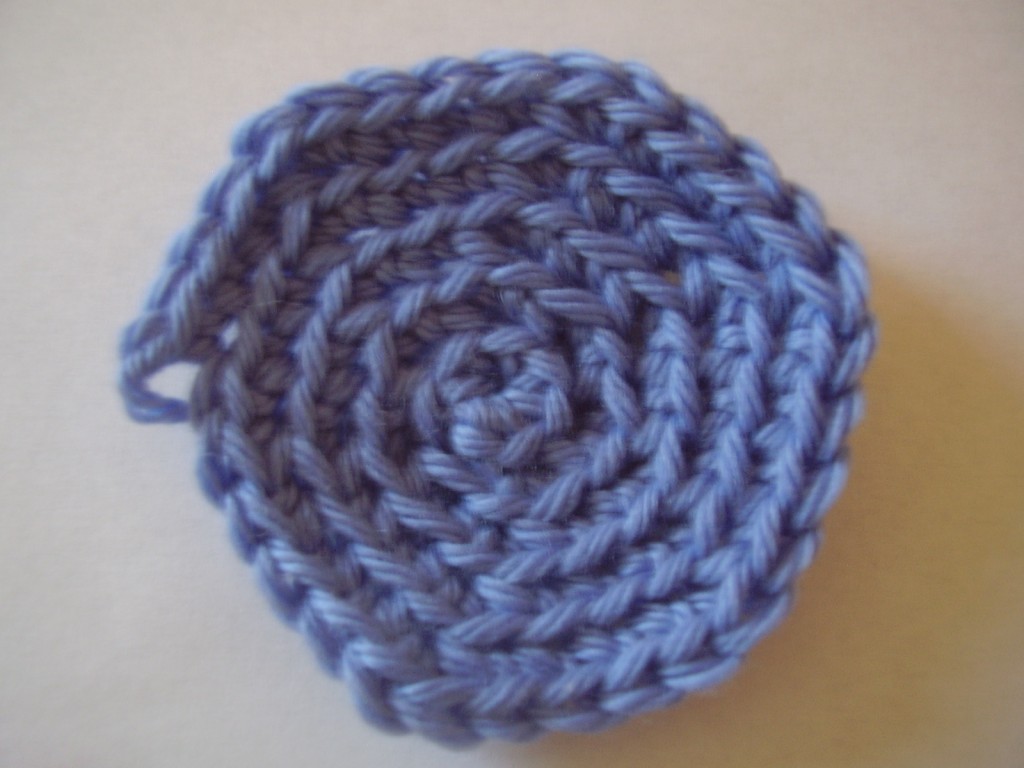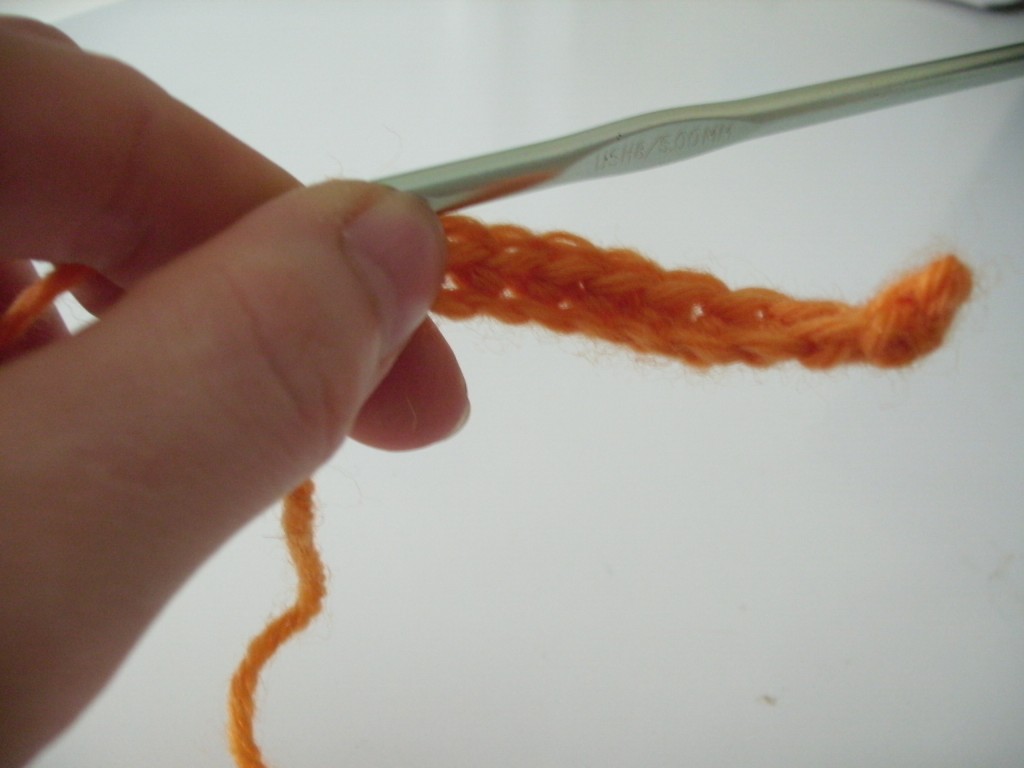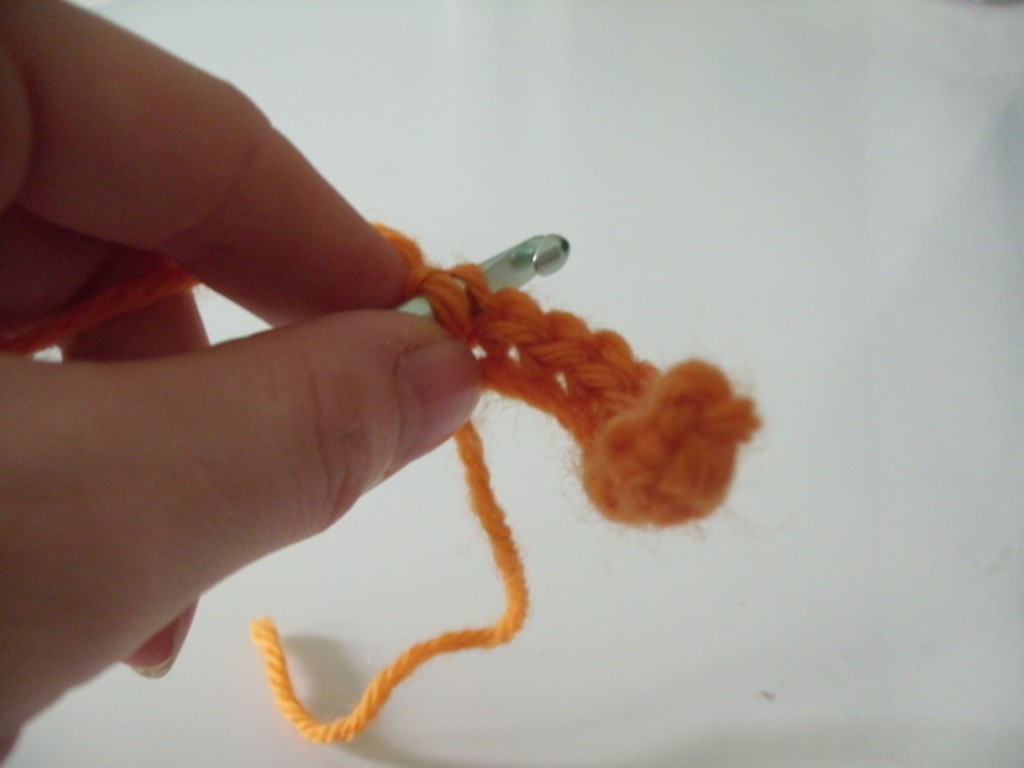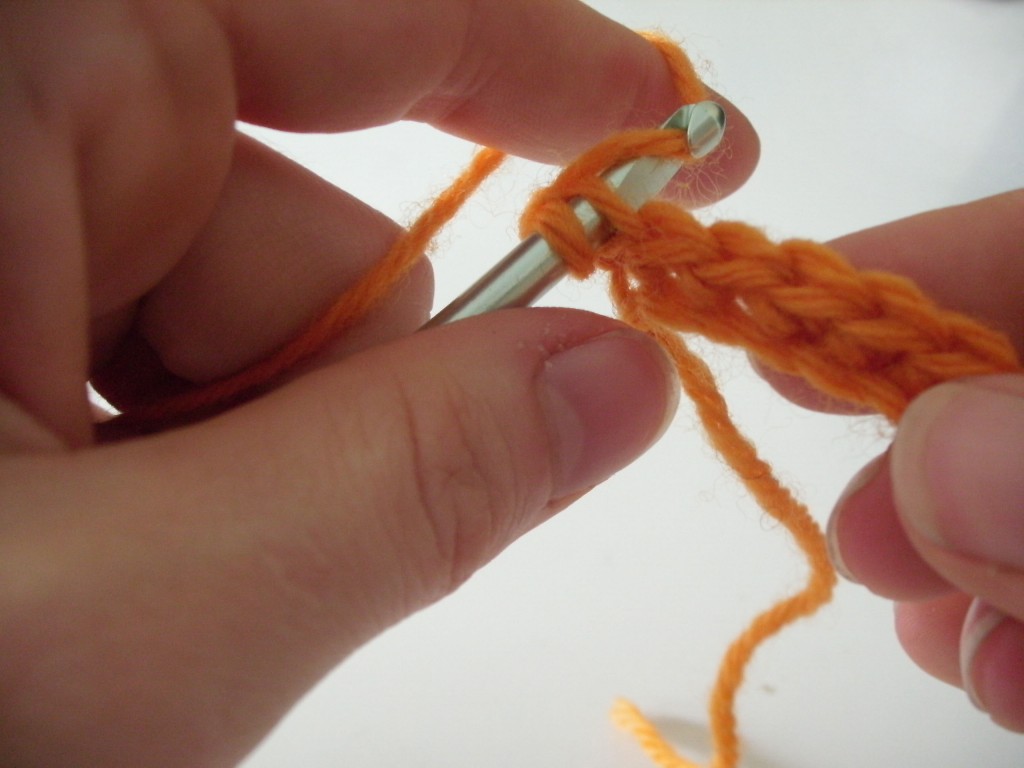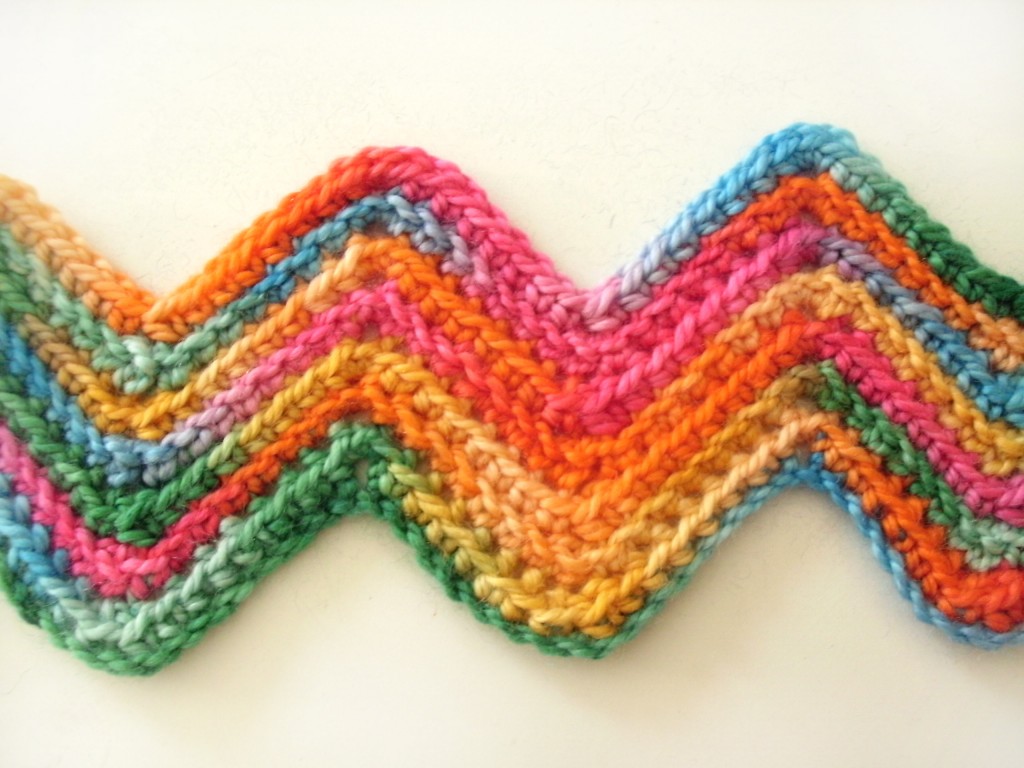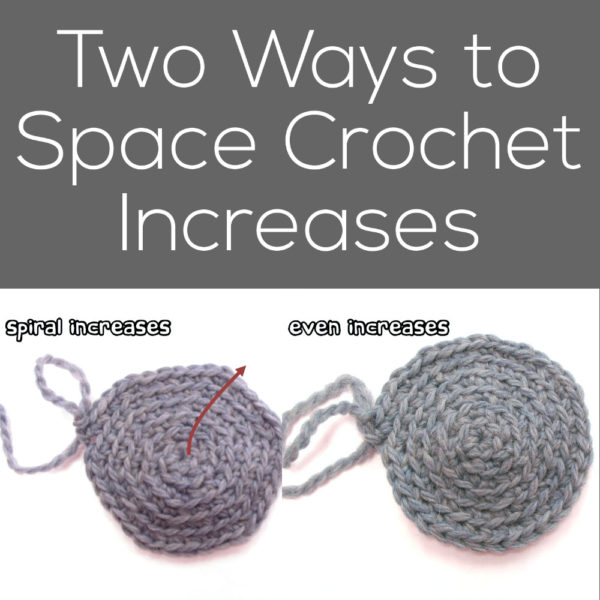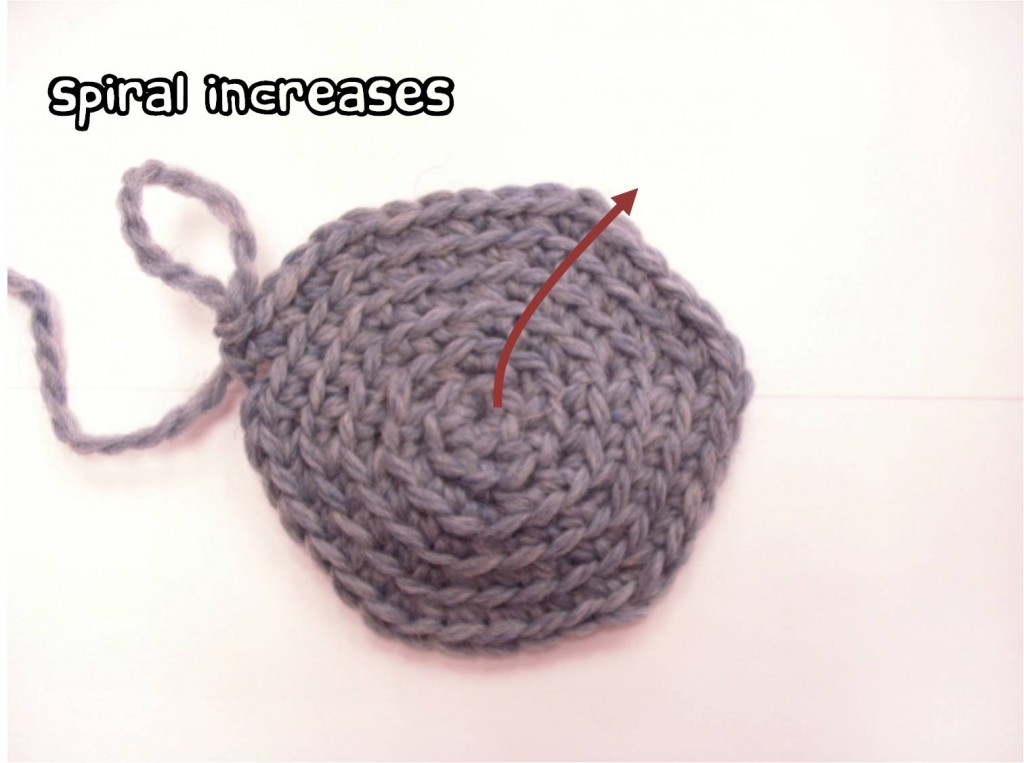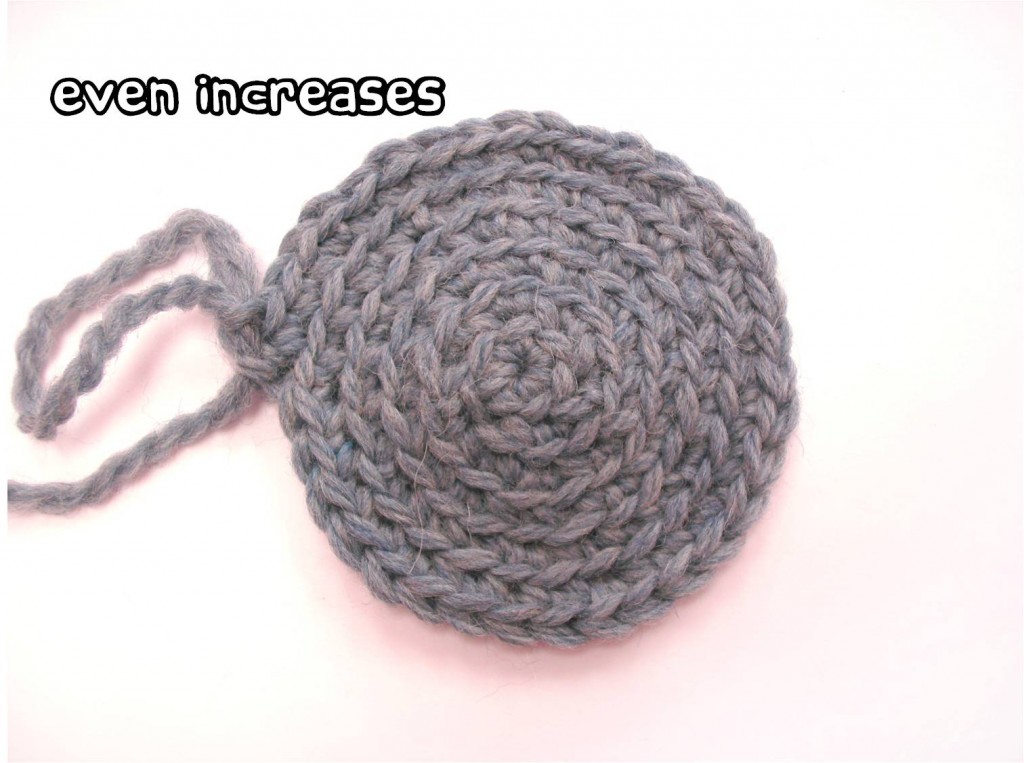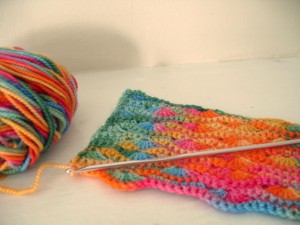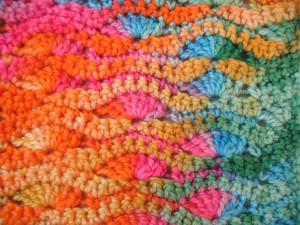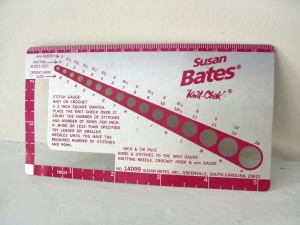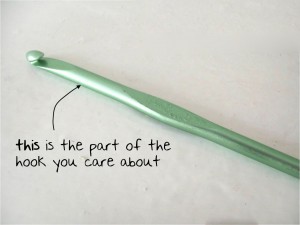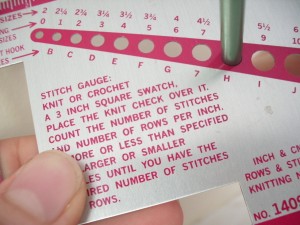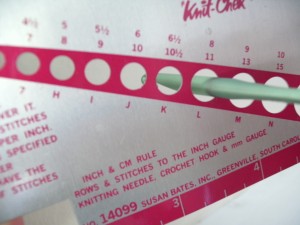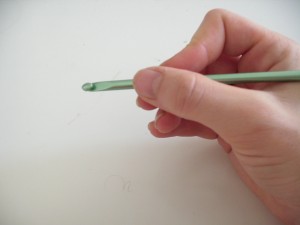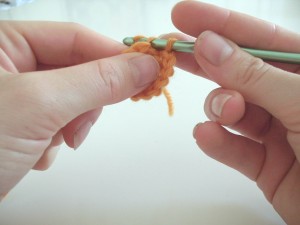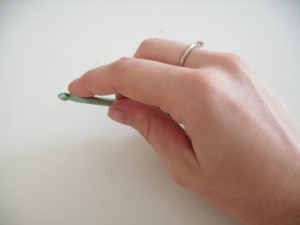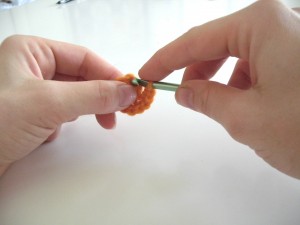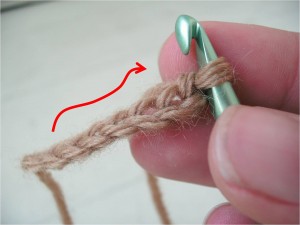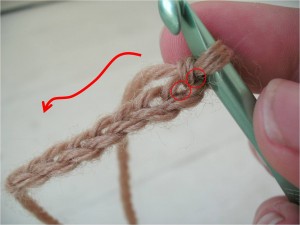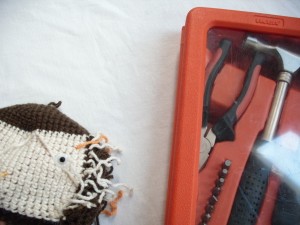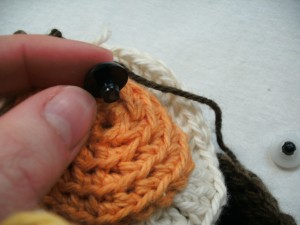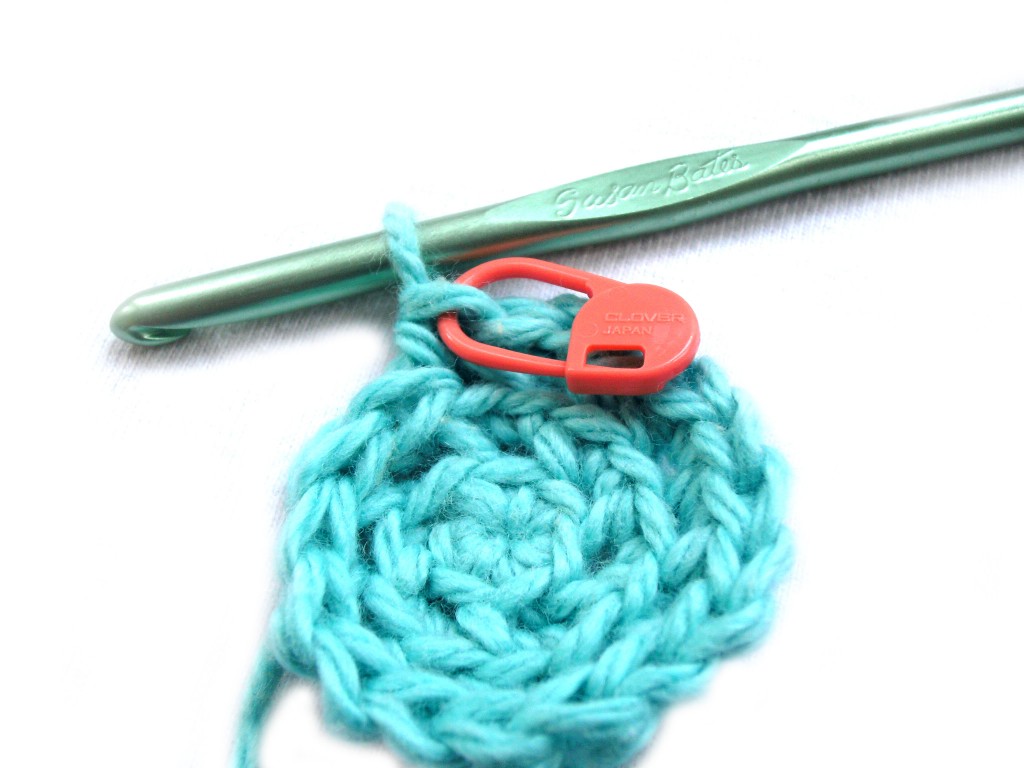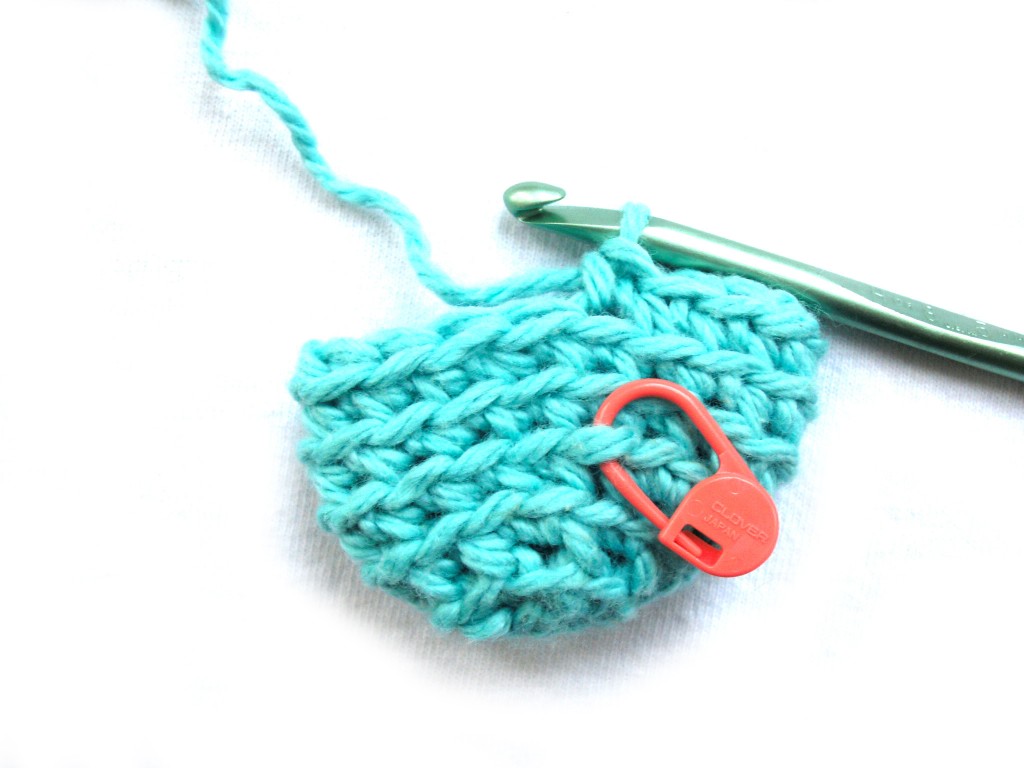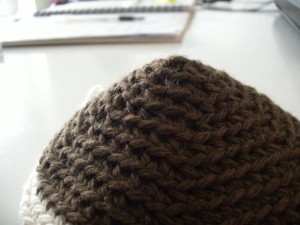Today’s tip is inspired by a customer question!
Recently, I received this email from Nicole:
I saw that your recommend stitching in the back and it looks a lot nicer. I can do it but it is very difficult. I find it very hard to get my hook into that stitch. For some reason that back stitch is very tight. Is that normal? Is there a trick? Thanks appreciate any insight you have.
After some further emails, Nicole and I figured out that she wasn’t actually crocheting in ‘the back loop’, but picking up a loop that is even further back, and quite tricky to grab!
I’ve written blog posts about crocheting through the back loop before, but I haven’t taken up-close photos to help you figure out which loop is the back loop! So, here it is!
If we’re working in the round, we’ll have the piece below after the 3rd round.
The back loop is the loop that I’ve highlighted with a blue line:
As you can see, when you’re looking at your work, it’s right along the top of the piece, and should be relatively easy to stick your crochet hook into.
Now, what was that tricky loop that was giving Nicole trouble? Let’s look at our crochet from the side to find it… so we’ll rotate our piece a bit…
Then, a little more, until we can see the piece from the side:
If you look at your crochet from this angle, you can see that there is another loop back there, which I’ve highlighted with a blue line:
This is the loop giving Nicole all of her trouble!
So, to crochet through the back loop, go for the easy one shown in the first photos, instead of that super-tricky loop on the side. Then, you’ll be crocheting with ease!
Thanks so much for your question, Nicole!

Here are handy links to all the crochet troubleshooting posts. . .
- How to Count the Number of Stitches in a Round of Crochet
- How to Hold Your Yarn for Crochet
- Am I Crocheting Inside Out?
- Help! Crocheting in the Back Loop Is Too Hard!
- What to Do If Your Foundation Chains Are Always Too Tight
- How to Work Small Pieces in the Round
- Tips for Crocheting Teeny Tiny Antennae
- How to Measure Gauge for Amigurumi
- Getting Accurate Row Gauge
- How to Clean Amigurumi
- Wrist Exercises for Knitters and Crocheters
Return to the main table of contents for Let’s Learn to Crochet Amigurumi.
Happy stitching!

